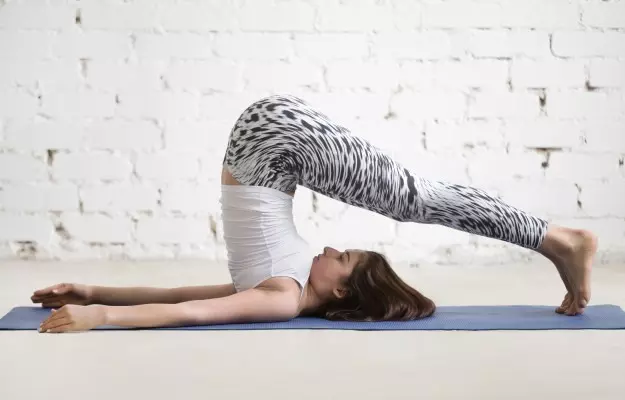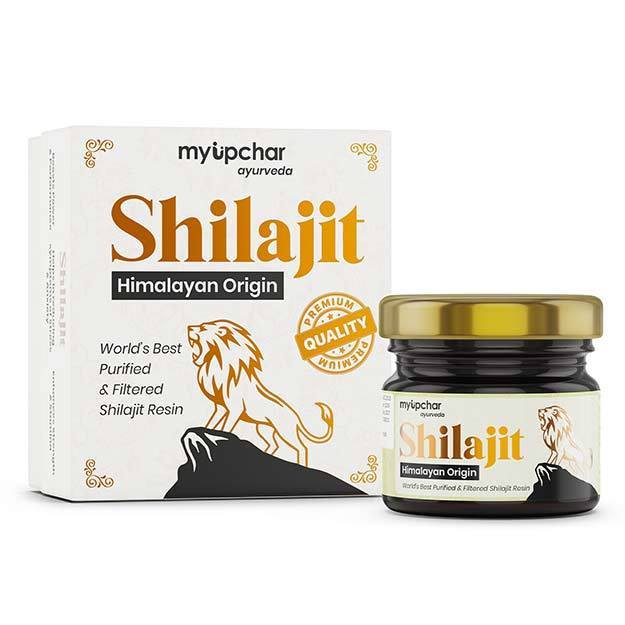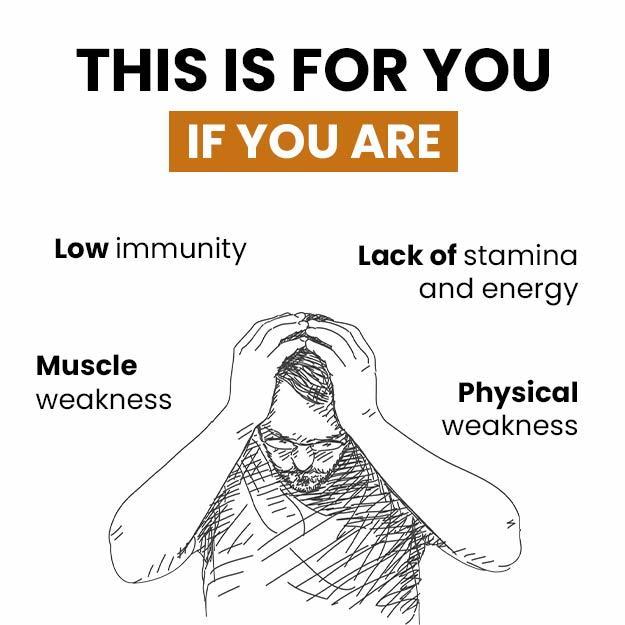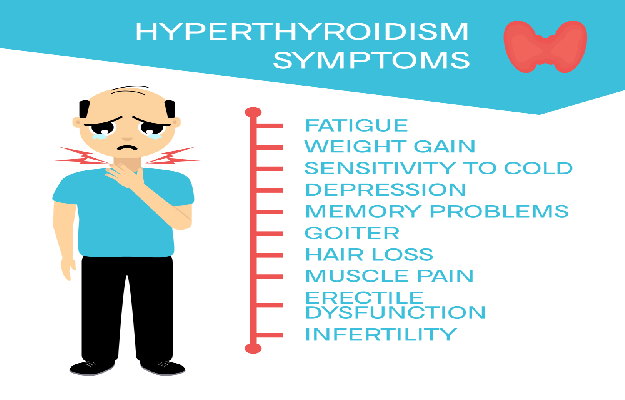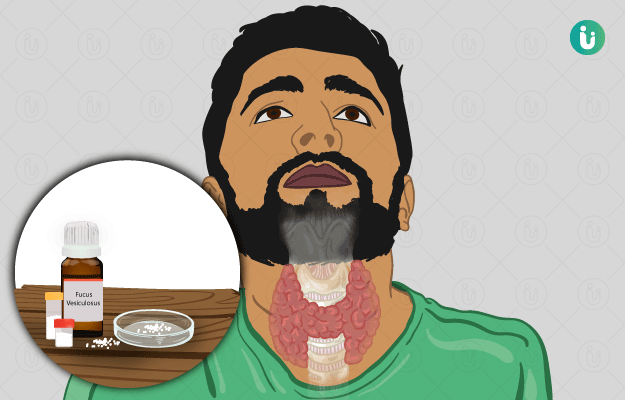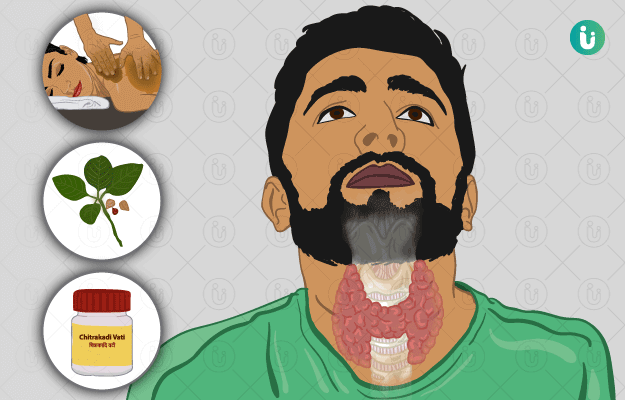The thyroid is a butterfly-shaped organ which is present in the throat. It releases thyroid hormones, T3 (triiodothyronine) and T4 (thyroxine), which are essential for the functioning of the body.
Any dysfunction of the thyroid gland can either lead to hypothyroidism (reduced levels of thyroid hormone in the body) or hyperthyroidism (excess amount of thyroid hormone in the body).
Exercise and yoga can be beneficial for the maintenance of the thyroid gland and its function.
There are certain yoga asanas which can be done in order to keep the thyroid gland healthy. Read on to know about these poses and how to do them.

